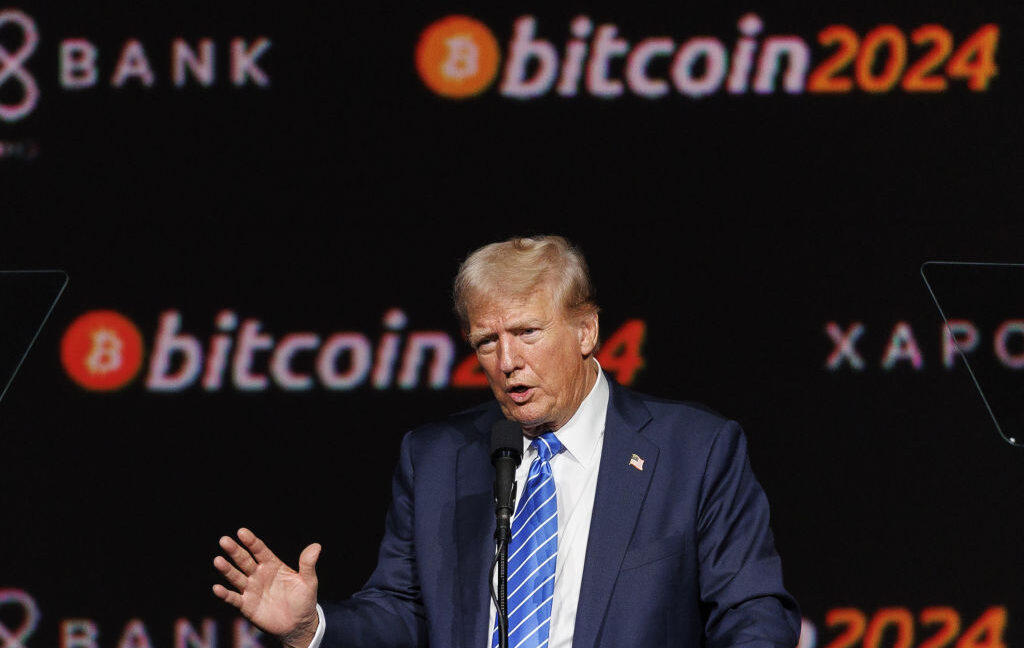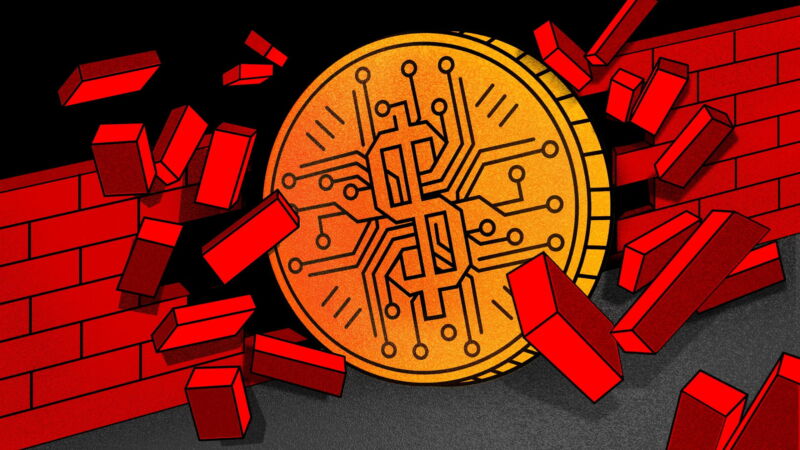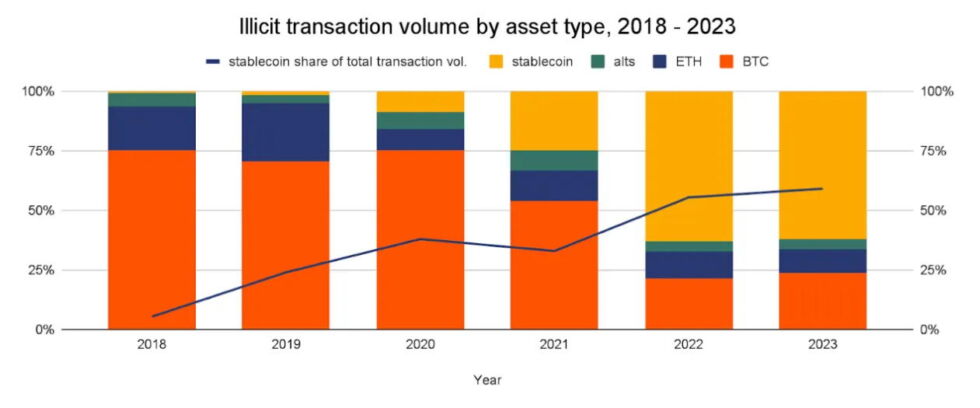Senate passes GENIUS Act—criticized as gifting Trump ample opportunity to grift
“Why—beyond the obvious benefit of gaining favor, directly or indirectly, with the Trump administration—did you select USD1, a newly launched, untested cryptocurrency with no track record?” the senators asked.
Responding, World Liberty Financial’s lawyers claimed MGX was simply investing in “legitimate financial innovation,” CBS News reported, noting a Trump family-affiliated entity owns a 60 percent stake in the company.
Trump has denied any wrongdoing in the MGX deal, ABC News reported. However, Warren fears the GENIUS Act will provide “even more opportunities to reward buyers of Trump’s coins with favors like tariff exemptions, pardons, and government appointments” if it becomes law.
Although House supporters of the bill have reportedly promised to push the bill through, so Trump can sign it into law by July, the GENIUS Act is likely to face hurdles. And resistance may come from not just Democrats with ongoing concerns about Trump’s and future presidents’ potential conflicts of interest—but also from Republicans who think passing the bill is pointless without additional market regulations to drive more stablecoin adoption.
Dems: Opportunities for Trump grifts are “mind-boggling”
Although 18 Democrats helped the GENIUS Act pass in the Senate, most Democrats opposed the law over concerns of Trump’s feared conflicts of interest, PBS News reported.
Merkley remains one of the staunchest opponents to the GENIUS Act. In a statement, he alleged that the Senate passing the bill was essentially “rubberstamping Trump’s crypto corruption.”
According to Merkley, he and other Democrats pushed to remove the exemption from the GENIUS Act before the Senate vote—hoping to add “strong anti-corruption measures.” But Senate Republicans “repeatedly blocked” his efforts to hold votes on anti-corruption measures. Instead, they “rammed through this fatally flawed legislation without considering any amendments on the Senate floor—despite promises of an open amendment process and debate before the American people,” Merkley said.
Ultimately, it passed with the exemption intact, which Merkley considered “profoundly corrupt,” promising, “I will keep fighting to ban Trump-style crypto corruption to prevent the sale of government policy by elected federal officials in Congress and the White House.”
Senate passes GENIUS Act—criticized as gifting Trump ample opportunity to grift Read More »




